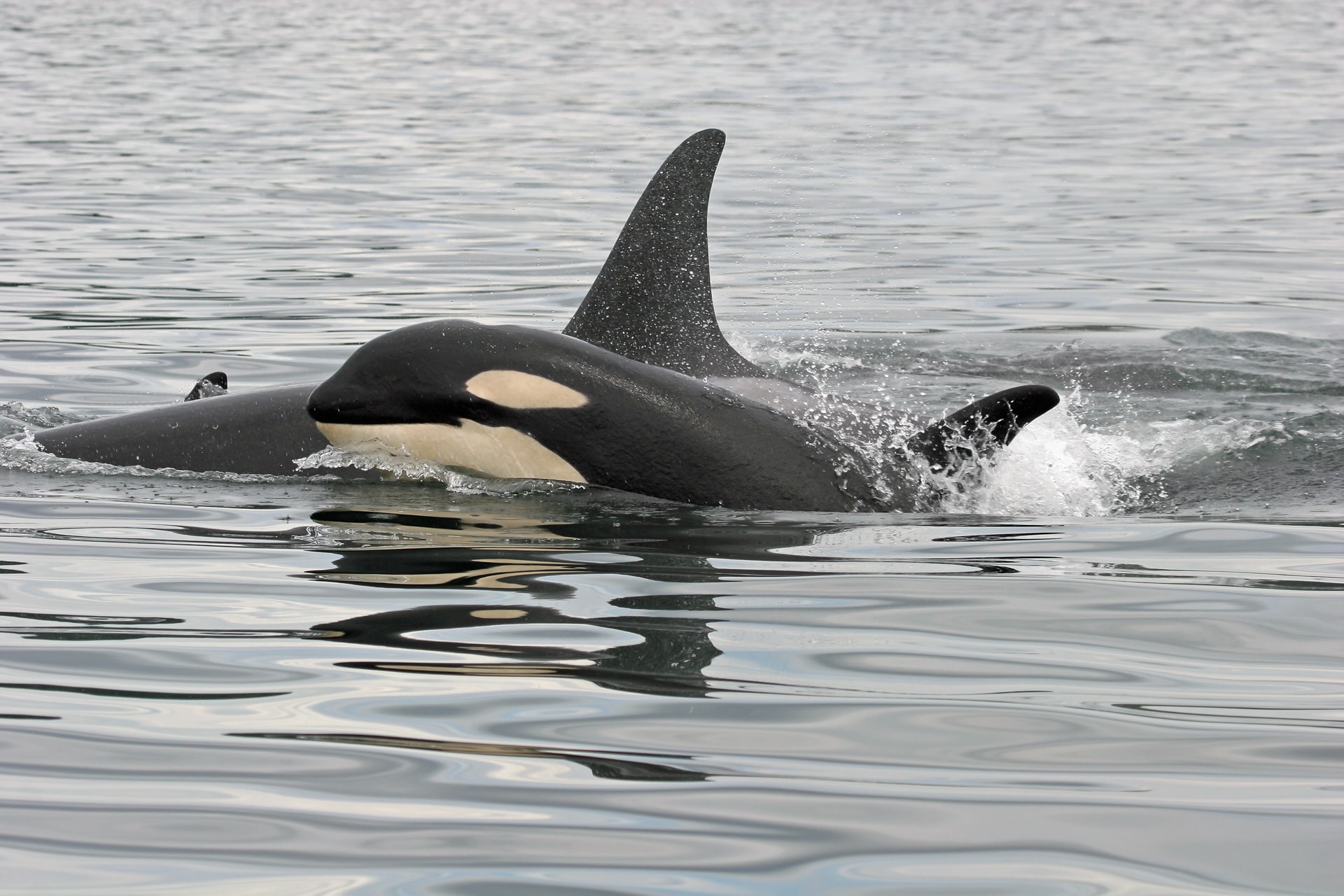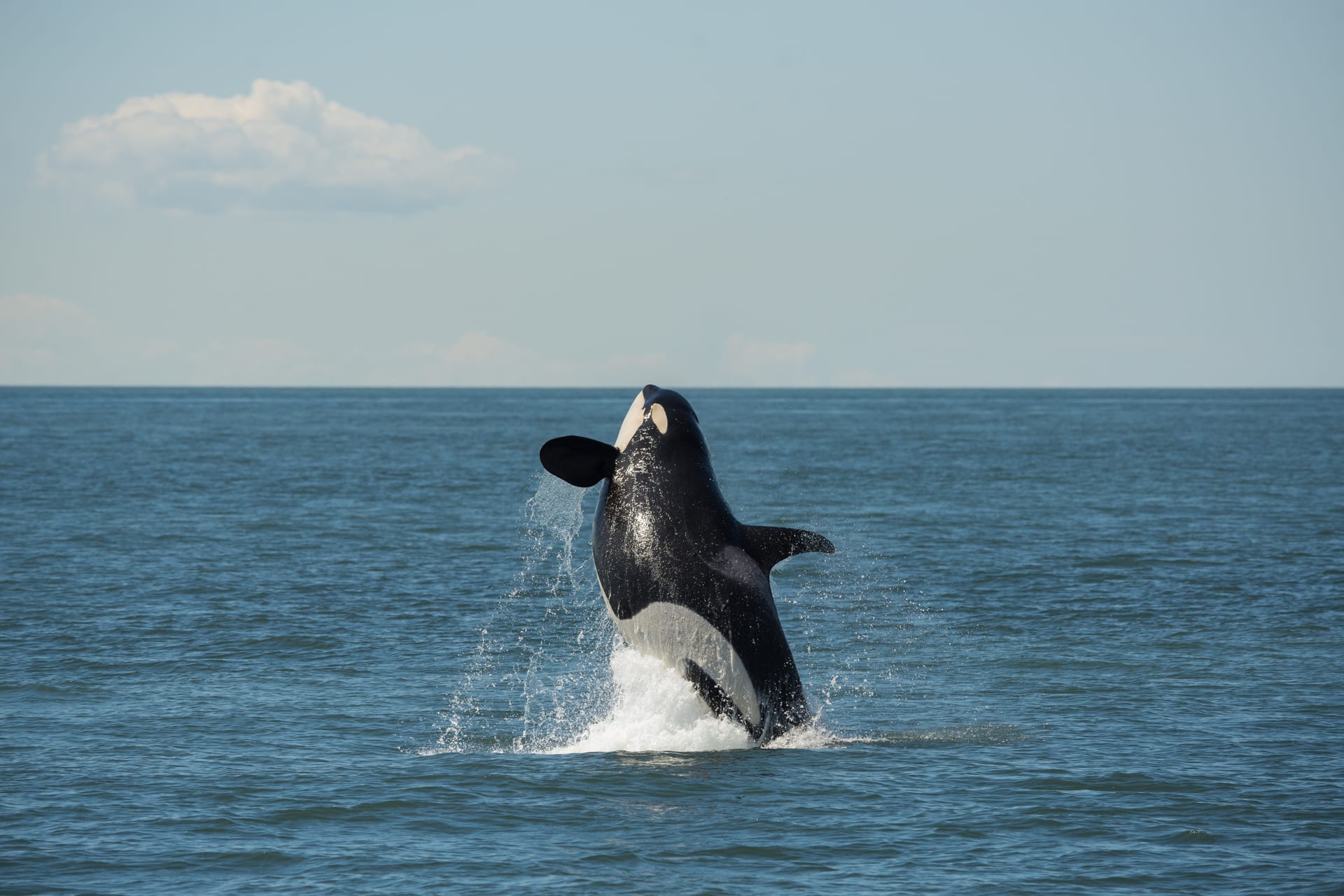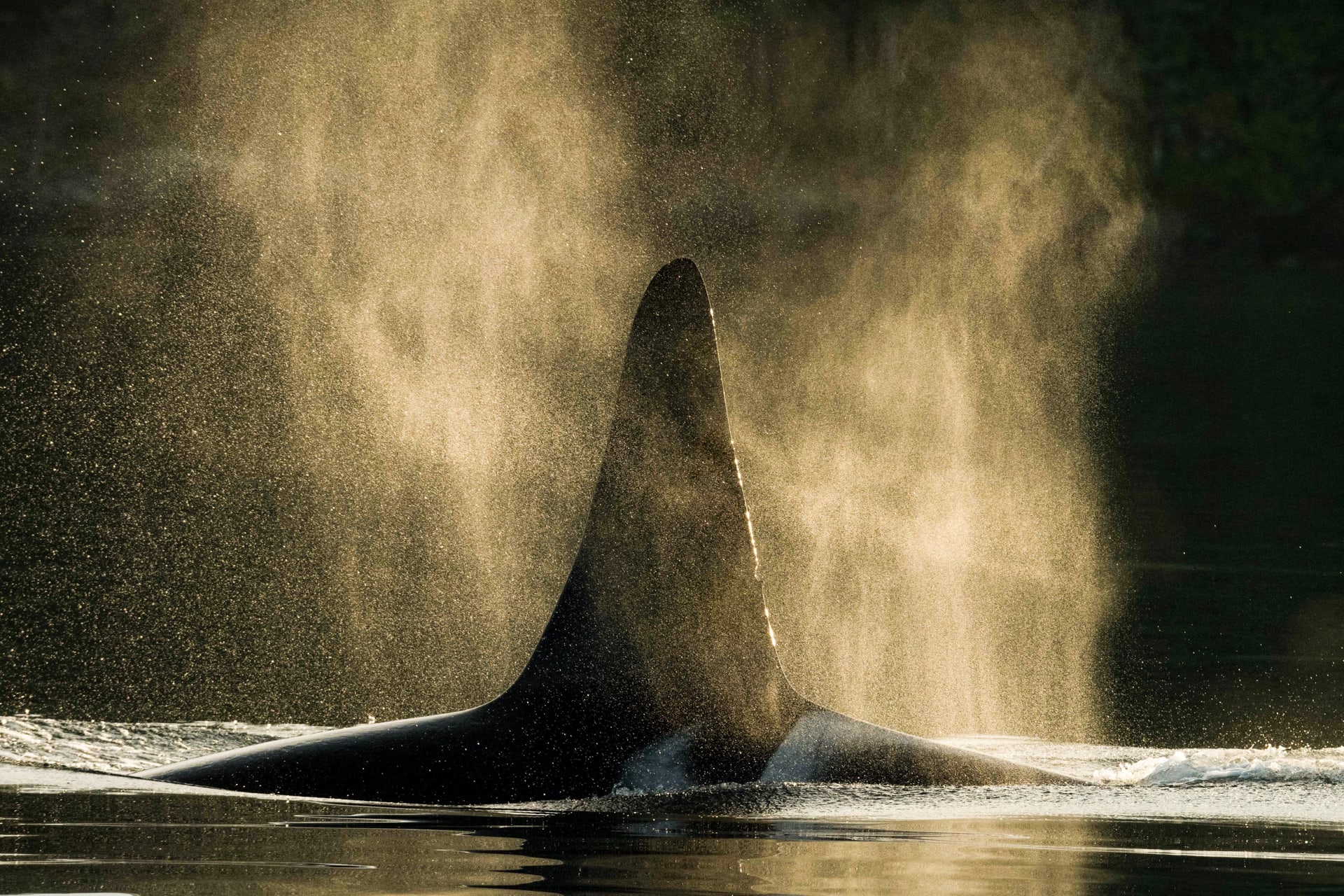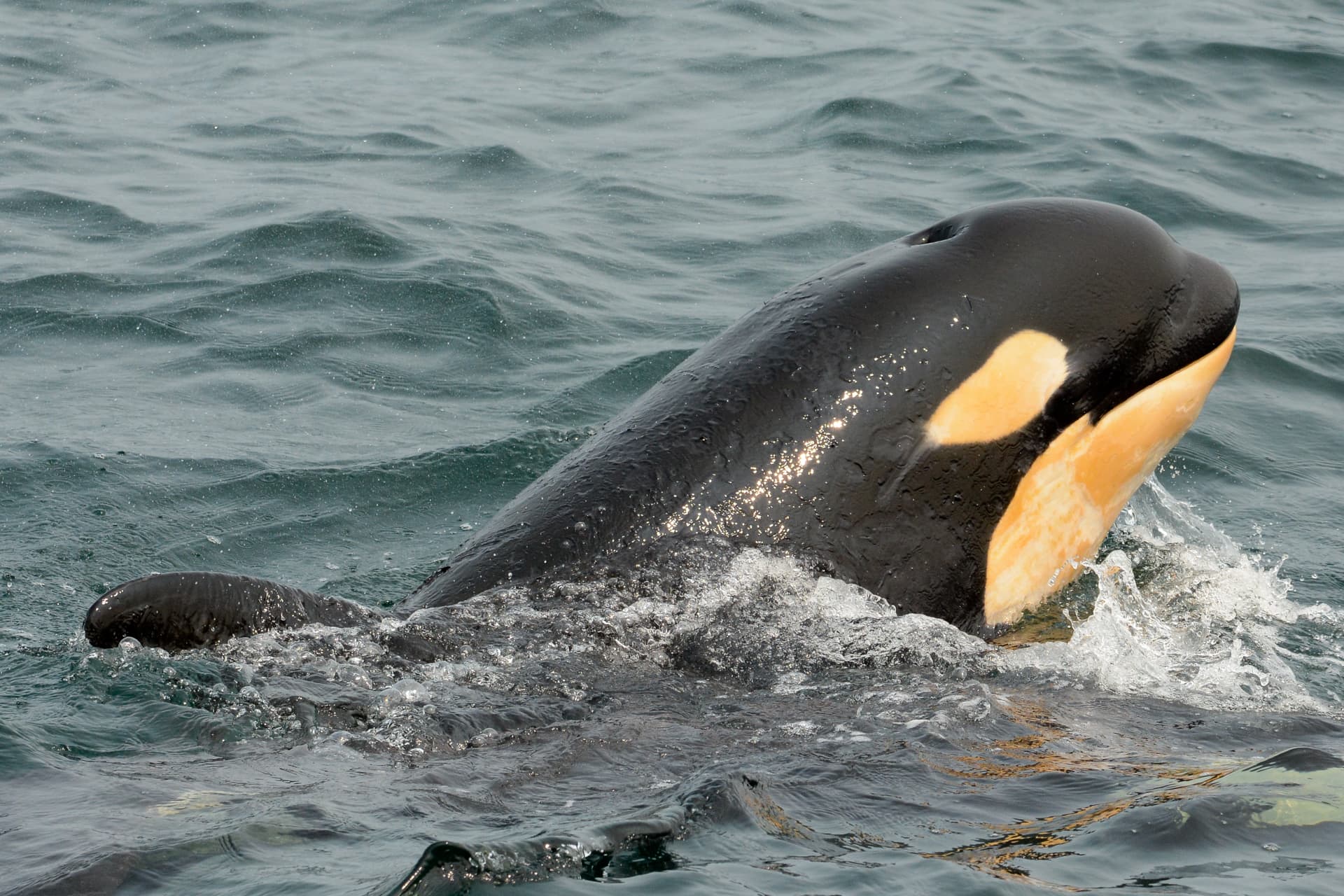
First up, a claim to have found a “new kind” of killer whale in Pacific coastal waters. This despite decades of research that has already identified several populations of these marine mammal predators—known as transient or Bigg’s killer whales. So not a new type of killer whale at all. Prominent killer whale scientists felt the need to set the record straight, and issued a media statement.
Several days later, another research study headline declared that the endangered Southern Resident killer whales are not limited by prey (there’s plenty of fish in the sea), and therefore something else must be the cause of their decline.
Such a declaration would be an immense surprise to the scientists who have spent decades documenting the decline of both predator and prey in this ecosystem, including the Canadian government who just declared a multi-million-dollar initiative to save Pacific salmon, and these killer whales.
Quite frankly, such a headline, and conclusion, flies in the face of all the research that’s been done on Chinook and the Southern Residents since the 1970s. Not to mention the most reliable of biological indicators—that is this unique community of killer whales themselves. They have coevolved with Pacific Chinook, and gained ecological and cultural knowledge transmitted down the generations, equipping them to far better understand the current state of Chinook salmon populations, than a fish survey conducted in one location for 4 weeks, over two years.
Chinook salmon spend years out in the Pacific feeding before returning back to home rivers to spawn. When this migration begins each spring and summer, the Southern Residents have historically followed them into the Salish Sea, knowing the routes these salmon take to return to the Fraser, and Puget Sound rivers.

In recent years, as these Chinook “runs” have declined—as evidenced by government fisheries managers—the frequency and duration of the Southern Residents’ visits likewise have reduced. Periodically, they are said to “pop their heads in”— coming in from the Pacific to the Strait between Washington State and Vancouver Island—checking for foraging opportunities, and when finding little or none, are setting their satnav to an alternate location.
Why would we now presume that after millennia, these animals have faulty wiring, no longer able to detect Chinook salmon in these waters? Or is it that our systems are just so less sophisticated than theirs, and that we cannot even begin to put together all the myriad data points necessary to track salmon populations from rivers from Alaska to California, as the Southern Residents must do, in order to make ends meet.
Consequently, scientists, including Wild Orca’s Dr Giles, were obliged to put out another statement to address the shortfalls in this research, and the media statement issued by the University that so misconstrued their assumed findings.
We trust that the Southern Residents innately know when and where to find the best food supply. We must now act to ensure that sufficient Chinook salmon is available from all the rivers throughout their range, to sustain their community and produce healthy calves to grow this population, and so prevent their extinction.






